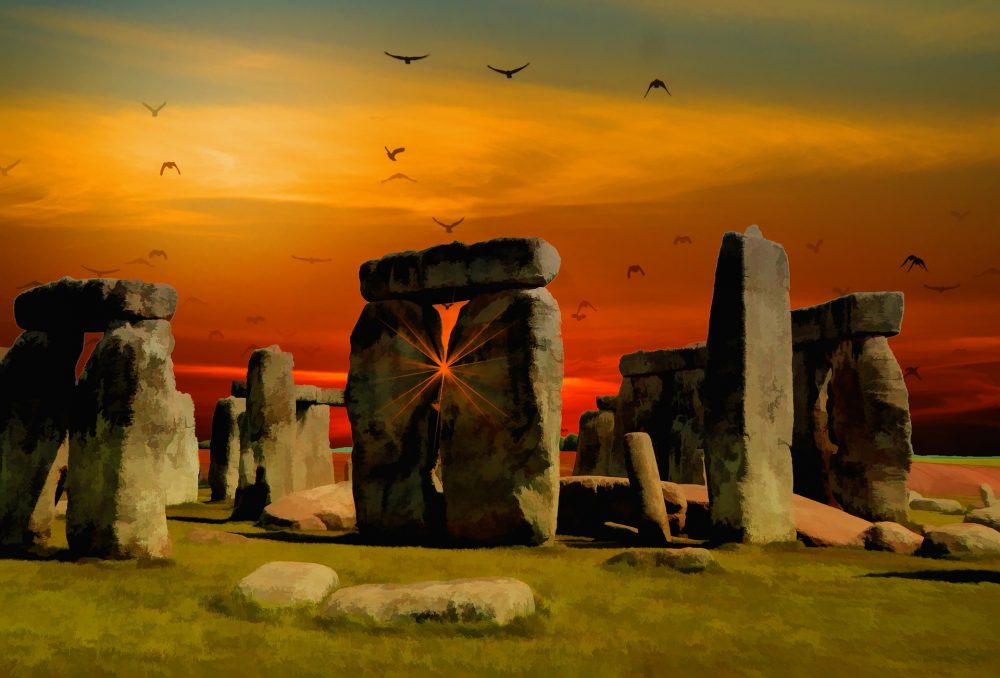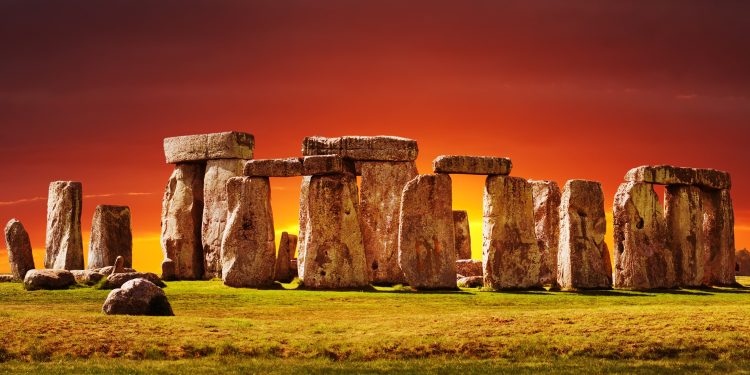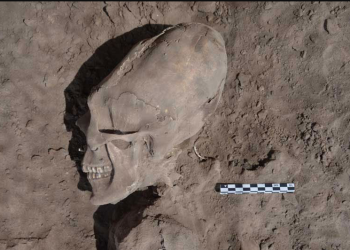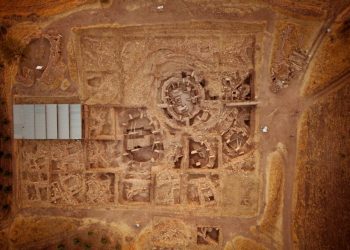Some 5,000 years ago, ancient people living in what is now England dragged massive megalithic stones across vast distances to build one of the most unique sites on the surface of the planet, Stonehenge.
Thought to have been erected around 5,000 years ago, Stonehenge is a fascinating ancient site that is believed to predate even the oldest Egyptian pyramid and many other megalithic monuments around the globe. It is a wonder of ancient engineering, worthy of admiration and praise.
But not only is Stonehenge one of the oldest of its kind, but it is also one of the most precisely aligned monuments ever built by human hands. Throughout the years, experts studying the site have discovered that its tones are aligned to hundreds of cosmic events forcing us to question the site’s exact purpose.
But let us travel back in time long before Stonehenge’s stones were quarried and hauled across vast distances to the site they were eventually raised.
Let us travel not only in time but across Europe in what is now Turkey. A few hundred miles from the border of present-day Syria lie the half-buried ruins of a site like no other; Göbekli Tepe. It predates the Egyptian pyramids by several millennia, and it was built long before the stones of Stonehenge were quarried, let alone transported and positioned.
Based on what we know so far about Göbekli Tepe, it is believed that the site was built during the last Ice Age, or more precisely, around 12,000 years ago.
This means that the ancient megalithic site in present-day Turkey predates the invention of pottery, metallurgy, and the invention of writing. It also predates history-changing technologies such as the wheel. Göbekli Tepe even predates the Neolithic Revolution, which is considered a period in history that marked the apparition of agriculture and animal husbandry as important social inventions that eventually allowed the rise of great civilizations in history.
But how on Earth are these two sites connected? I mean, after all, they are separated by several thousand kilometers. At first, you would say that they aren’t connected and there are no similarities between them. However, you would be mistaken.
A study published not long ago has effectively discovered that the builders of Stonehenge, their ancestors, are people that originated in present-day Anatolia, precisely the region where the great complex of Göbekli Tepe was built.
According to this study, which you can read in detail here, the people–and their ancestors–who participated in Göbekli Tepe’s construction ventured on a journey that lasted countless centuries.
As they explored the world seeking new lands, these people populated different areas of what is now Europe; they traveled to Portugal, traveled to Spain, and traveled to many other parts of Europe before eventually traveling to England.
As they ventured out and migrated, they left behind evidence of their journey in the form of stone monuments. These monuments are the many megaliths we have discovered across Europe, and they are characterized by having been built using massive, multi-ton stones. I like to refer to these monuments–these very ancient standing stones–as a message in stone left behind by our ancestors.

A cosmic computer made of stone
When speaking of Stonehenge as a massive astronomical computer, I cannot say of it as a literal device. Nonetheless, I believe that Stonehenge is by far one of the most complex “instruments ever created in ancient times that allowed ancient people to keep track of the stars and predict cosmic events that greatly influenced early society.
Building such a complex site was no easy task; to finalize its construction, the early people of the region had to overcome many obstacles, including transporting some of the heaviest stones across several hundred kilometers.
Somehow, they moved the stones across rivers, inaccessible areas, hills, and similar regions. Some experts estimate that to complete Stonehenge took its ancient builders more than one thousand years, which suggests that the project of erecting Stonehenge was a sacred process in which several generations took part.
All this great effort was well worth it, and Stonehenge became more than just a sacred site.
We have been studying its standing stones for several decades, and to this date, experts have uncovered around 200 complex astronomical alignments within site.
Stonehenge’s massive stones predict, with great accuracy, solstices, eclipses, and other cosmic events that were obviously of great importance to its builders and the generations of people that came after.
But there is more to Stonehenge than mere predictions. For example, it has been revealed that Stonehenge’s Sarsen Stones, which stand at the center of the site, were aligned very carefully with our star’s movements. If you were to stand in the middle of the stone circle during a midsummer day, you would see the sunrise to the left of the so-called Heel Stone.
Since many stones of Stonehenge are missing, we can’t possibly know if there were other smaller stones on the site. Still, archaeological excavations have already revealed that a large stone hole is present to the left of the Heel Stone, which may have held a companion rock where the two stones likely framed the sunrise.
The website English Heritage details the intricate solar alignment of Stonehenge in this article.
They revealed that in the distant past, and during a midwinter’s day, “turning 180° to face towards the south-west, the Sun would originally have set between the two uprights of the tallest trilithon, at the head of the sarsen horseshoe. Then, it would have dropped down into the Altar Stone, a sandstone block placed across the solstice axis…”
Unsurprisingly, we find that Stonehenge was built, therefore, with a specific purpose in mind. It was not erected randomly, and its builders knew well what they were building before laying down the stones. They calculated, measured, and aligned the stones. Therefore, it is unsurprising to learn that Stonehenge’s entire monument layout was positioned in relation to various astronomical events, most importantly, solstices.
In addition to venerating the Sun, which was of great importance to ancient people, it is believed that Stonehenge’s stones were also aligned to the orbits of the planets in our solar system. Therefore, if we were to superimpose the Sun and planets of our solar system onto Stonehenge and observe from an aerial perspective, we would see that many of the orbits of the planets can be placed onto the circles represented by Stonehenge.
Whether this is the case remains debatable.
How the builders of Stonehenge obtained such cosmic knowledge remains debated and would likely have required studying the stats and their movements for centuries. However, when discovering the origin of Stonehenge’s builders and how their ancestors participated in constructing one of the most complex ancient monuments in humankind’s history, everything becomes much clearer.
It is very likely that the knowledge needed to build monuments such as Stonehenge, with their intricate alignment, and cosmic knowledge, originated from the ancestors of Göbekli Tepe’s builders.
This ancient site was not built by mere hunter-gatherers as suggested by mainstream scholars but by an already developed society that existed in the region more than 12,000 years ago.
These people would eventually share the knowledge of megalithic monument building and astronomy with other parts of Europe, directly contributing to the rise of archaeological sites like Stonehenge in the U.K.
Join the discussion and participate in awesome giveaways in our mobile Telegram group. Join Curiosmos on Telegram Today. t.me/Curiosmos
All sources and references are linked throughout this article. If you believe something isn’t right, please contact us.











